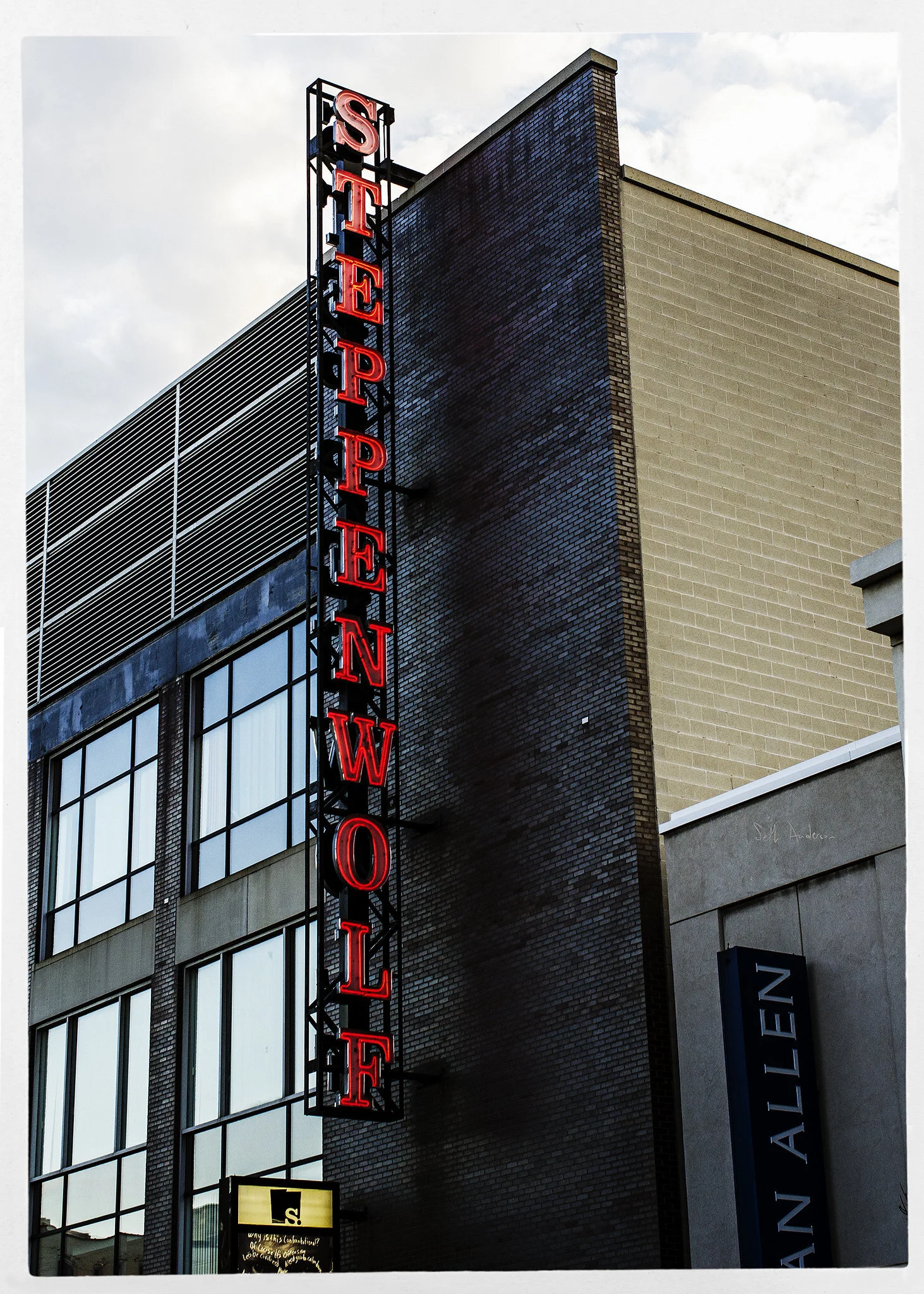AI. Lawsuits. Copyright. Matthew Butterick. These are all terms we’ve been inundated with in the past month. To avoid being redundant, we won’t be diving into much detail on these stories. Instead, we’ll be presenting some stories you may have missed.
Young, Diverse, and Loyal: Engaging a New Audience
Many institutions are rethinking their approach to diversity in the light of renewed protests in support of the Black Lives Matter movement. Theatre companies throughout the nation are a part of this wave, rethinking everything from season planning to staff structure. Yet one of the largest issues at hand is the lack of diversity in audiences. Theatre audiences are dwindling, and those audience members that remain tend to fall into a very narrow set of demographics: usually older, white, and affluent. Theatre companies will have to reach out to new groups If they want to continue working and thriving well into the future.
Want to Reach [insert ethnic minority group here]? Try Being Relevant
Perhaps one of the most difficult and sensitive topics in the arts community is that of building audience diversity. As national celebrations like Black History month approach, artists, arts managers and arts organizations often brainstorm for ways to reach out to and include minority communities in their organizations, especially if there is special programming during these celebrations. As the Pew Research Study indicates, minority groups do have a strong presence on Twitter, with 13% African American and 18% Hispanic. There are also a host of groups within the LinkedIn and Meetup platforms that are exclusively for minority professionals. Many arts marketers are concerned that targeting groups of people based upon their ethnic background can come across as unethical or forced.
An example of one such social media marketing tactic popped up in my Inbox earlier this week courtesy of Thomas Cott's clipping-service "You've Cott Mail." In this Clickz article, Giovanni Rodriguez suggests that using hashtags is an effective way to reach the Latino population on Twitter. While the article appears on a website with general marketing advice that is not necessarily specific to the arts, its inclusion in an arts-related clipping service suggests that this practice should be considered by arts managers.
The screen shot below shows one of these hashtag-driven discussions in action.
Hashtags in Action
The bottom of the screenshot shows a promotion for the Broadway musical Women on the Verge of a Nervous Breakdown using the hashtag "#latism." An important thing to note is that the user promoting this event is NOT the Belasco Theater or the musical's production company, it is another person promoting Latino Events in general. While this musical is certainly relevant to the Latino community, the message is especially relevant coming from a community insider.
As an African American female who frequently uses Twitter to discover cultural events in which I may be interested, I can see how "community insiders" could either be offended or altogether ignore this type of "hashtag marketing" from someone outside of their community. A random #Black or #BlackHistory tag from an organization I'm not familiar with would probably be ignored.
Reaching out to a key influencer or community-recognized group is a more genuine and relevant approach for social media campaigns. One possible workflow might be:
- Define the target audience (young professionals, African American women, Hispanic youth, etc.)
- Pick an appropriate social media platform (Twitter, LinkedIn, Meetup)
- Find and connect with a key influencer on the platform (for example: @LatinoEvents or @ElementsofJazz on Twitter)
- Find and connect with relevant niche groups on the platform (for example: minority professional networking groups on LinkedIn and Meetup.
- Offer Value. A great example of this is to host a special pre- or post-event gathering exclusively for these new community members whom you targeted.
This type of strategy boosts an organization's credibility within the communities to which they want to develop connections. It is also a more genuine way to build relationships. As my colleague Amelia Northrup pointed out in a previous article on this topic:
At long last, the diversity question has come around to the classic “old vs. new” debate. When faced with declining arts attendance, is it better to “pick the low-hanging fruit” and focus on maintaining and growing our existing audience demographics (”the more return on investment for less energy” approach) or make a long-term investment in trying to attract new groups of people to our performances?
Cultivating new audiences may be a daunting and often challenging task, but it is one of the most worthwhile investments that any organization can make. A relevant and genuine outreach campaign is the first step in this important process.







